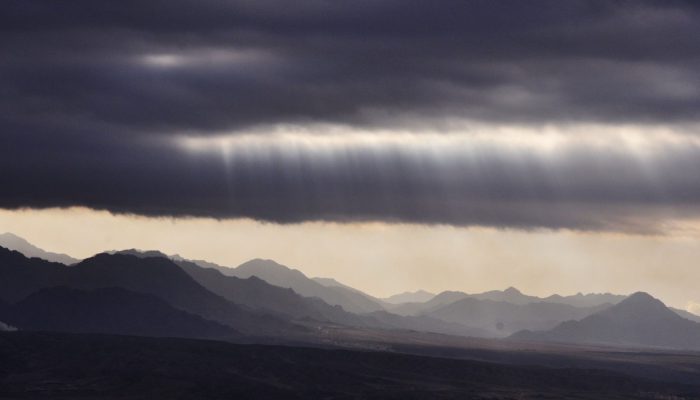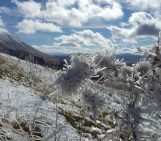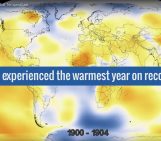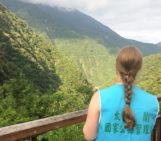
Coastlines globally are immensely diverse: from the beautifully topical and sun kissed beaches of the Caribbean, to the wet and misty British coastline, through to the raw and wild Alaskan shores, they are home to scores of flora and fauna; rich habitats shaped by powerful forces of nature.
In stark contrast, some coastlines, (28,000 km worldwide to be precise) are dry almost barren places, where little grows. These long stretches of inhospitable seaside lands are known as hyperarid and arid coastlines. Due to the lack of protective vegetation the land is exposed to the action of winds and the sun, leaving behind pavements of bare rock, large dune formations and/or highly saline enclosed lakes (sebkhas).
The Gulf of Aqaba, in the north-western tip of Saudi Arabia, where the desert meets the Red Sea is one such place. Rivers here, which drain into the sea water, are fleeting. They appear after heavy rainfall, when flash floods deliver huge influxes of sediment to the coral-rich waters of the Red Sea.
Nadine Hoffman took today’s featured image while driving from Israel from the Red Sea. Pictured is the northern tip of Saudi Arabia, where a spring storm is coming into the desert bringing severe rain and flash floods. Eventually, the flood waters will drain into the Gulf of Aqaba.
If you pre-register for the 2017 General Assembly (Vienna, 22 – 28 April), you can take part in our annual photo competition! From 1 February up until 1 March, every participant pre-registered for the General Assembly can submit up three original photos and one moving image related to the Earth, planetary, and space sciences in competition for free registration to next year’s General Assembly! These can include fantastic field photos, a stunning shot of your favourite thin section, what you’ve captured out on holiday or under the electron microscope – if it’s geoscientific, it fits the bill. Find out more about how to take part at http://imaggeo.egu.eu/photo-contest/information/.




